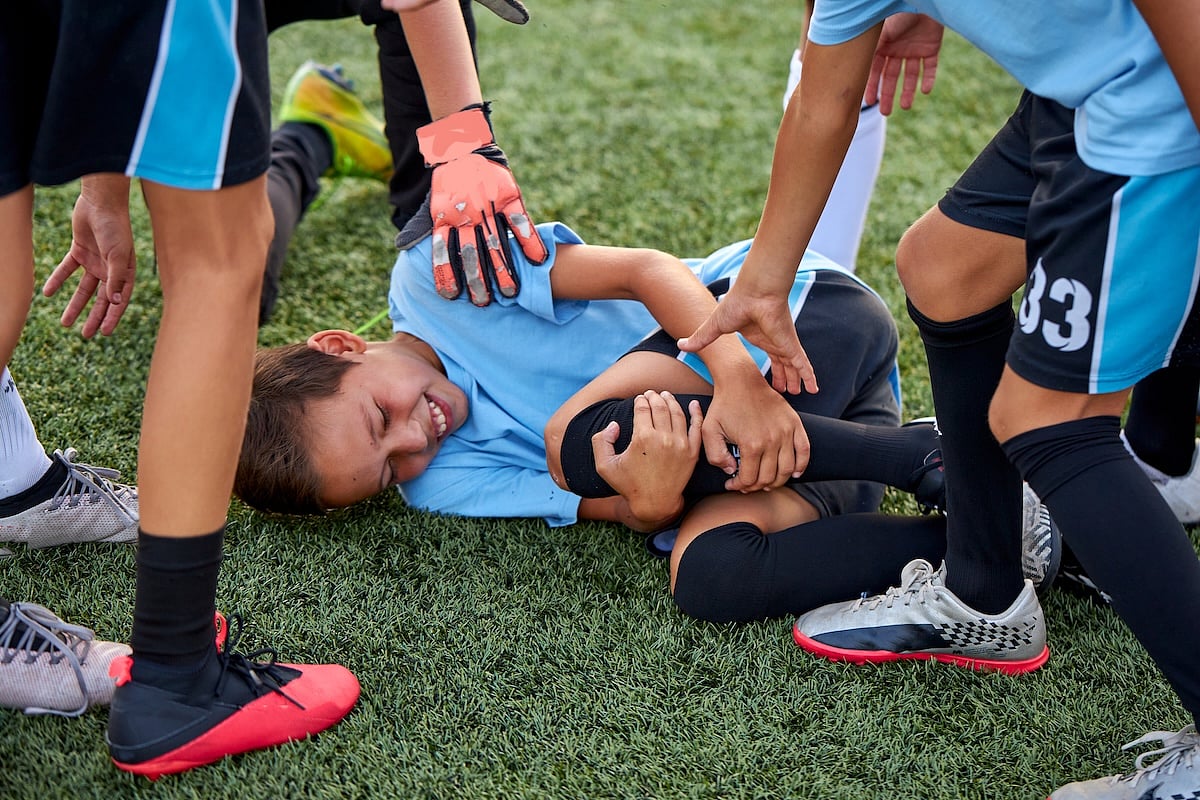Get Healthy!

- Dennis Thompson
- Posted July 3, 2025
Schools Should Be Prepared For These Three Medical Emergencies
There are three common health emergencies for which all U.S. schools should be prepared, a new study says.
Brain-related crises like seizures, psychiatric conditions or substance abuse, and trauma-related injuries are the three main reasons paramedics respond to schools, according to a new report in the journal Pediatrics.
All together, these three types of medical emergencies account for about half of emergency medical services (EMS) trips to schools, researchers say.
“While many schools have taken steps to ensure they are prepared for medical emergencies, many can still enhance their preparedness,” said lead researcher Dr. Michael Harries, a pediatric emergency medicine fellow at Ann and Robert H. Lurie Children’s Hospital of Chicago.
“Our study results highlight specific target areas for training of school staff, given that timeliness of treatment in an emergency is essential,” Harries said in a news release. “We also stress that certain emergency medications should be available in the school setting, including benzodiazepine for seizures, epinephrine for food allergies and albuterol for asthma.”
For the new study, researchers analyzed more than 506,500 EMS responses to schools that occurred between 2018 and 2022, including treatment of children aged 5 to 17.
Neurologic problems like seizures accounted for 19% of EMS calls to schools, and psychiatric conditions or substance abuse nearly 17% of calls. Injuries caused by accidents or mishaps accounted for another 15%.
Elementary school students were most likely to need treatment for physical injuries (17%), while teenagers more commonly needed help for psychiatric conditions or substance abuse (18%).
“Given the ongoing mental health crisis in youth, we were not surprised to find that psychiatric conditions and substance abuse were among the most common emergencies in schools,” senior author Dr. Sriram Ramgopal, an emergency medicine physician at Lurie Children’s, said in a news release.
“Our findings underscore the need for schools to proactively address mental health needs of students, especially teenagers,” he added. “This may include establishing relationships with local mental health care facilities and improved training for staff on how best to respond to a psychiatric crisis.”
All told, more than two-thirds of EMS responses to schools (69%) resulted in the stricken student being taken to a hospital, results show.
In an accompanying editorial, experts argue that schools’ response to these sorts of emergencies needs to be well-planned in advance.
“Joint training and preparation between schools and EMS along with the collaboration from community pediatricians are essential to ensure access to life-saving medications, such as epinephrine, and the clinical care protocols to use them, while also optimizing EMS resource utilization in local communities,” says the editorial co-written by Dr. Kathleen Adelgais, a professor of pediatric emergency medicine at the University of Colorado School of Medicine.
“The summer, before the school begins, is a natural time for such collaborative work,” the editorial added.
More information
The American Academy of Pediatrics has more about medical emergencies at school.
SOURCES: Pediatrics, July 1, 2025; Ann and Robert H. Lurie Children's Hospital of Chicago, news release, June 26, 2025







